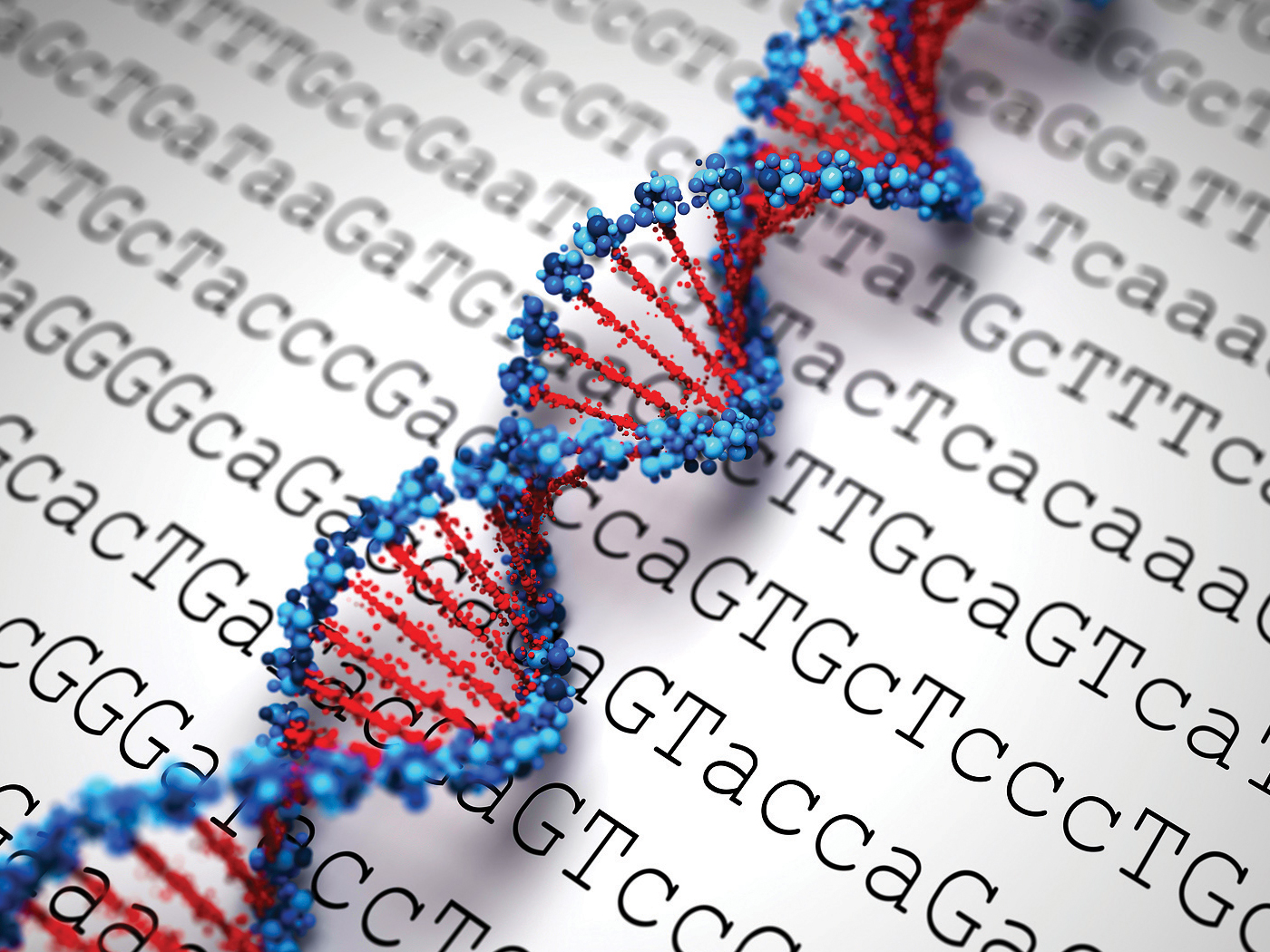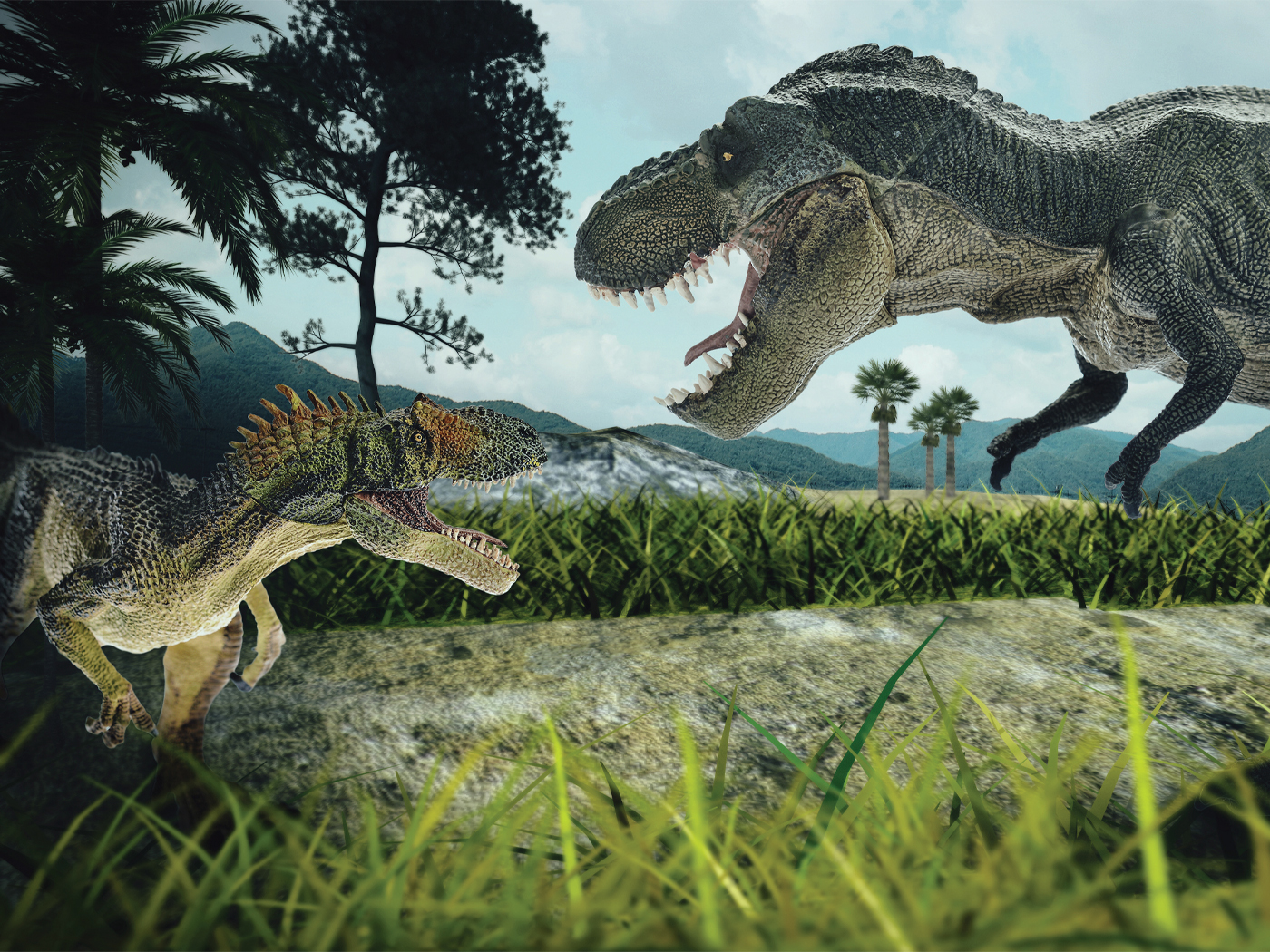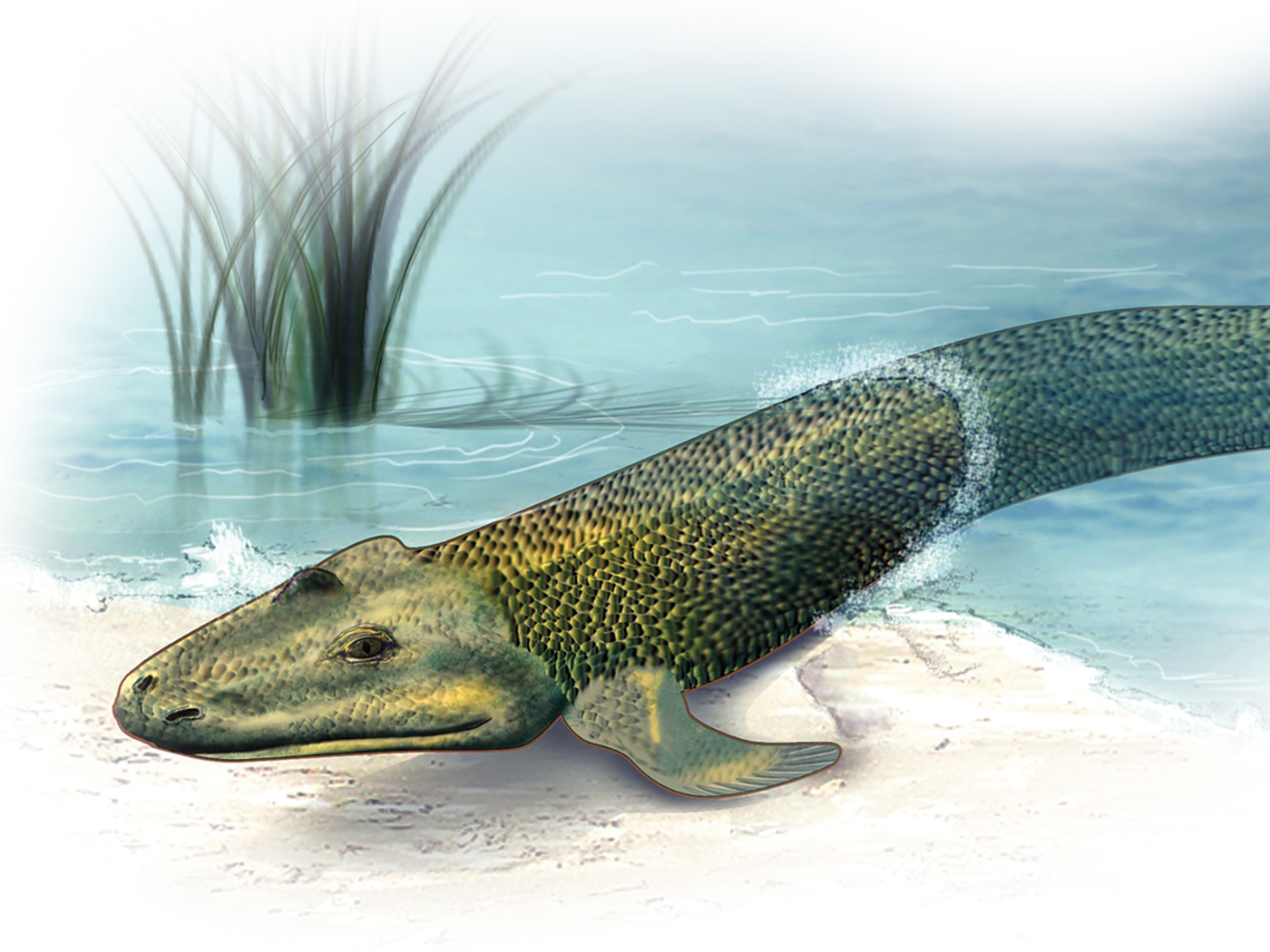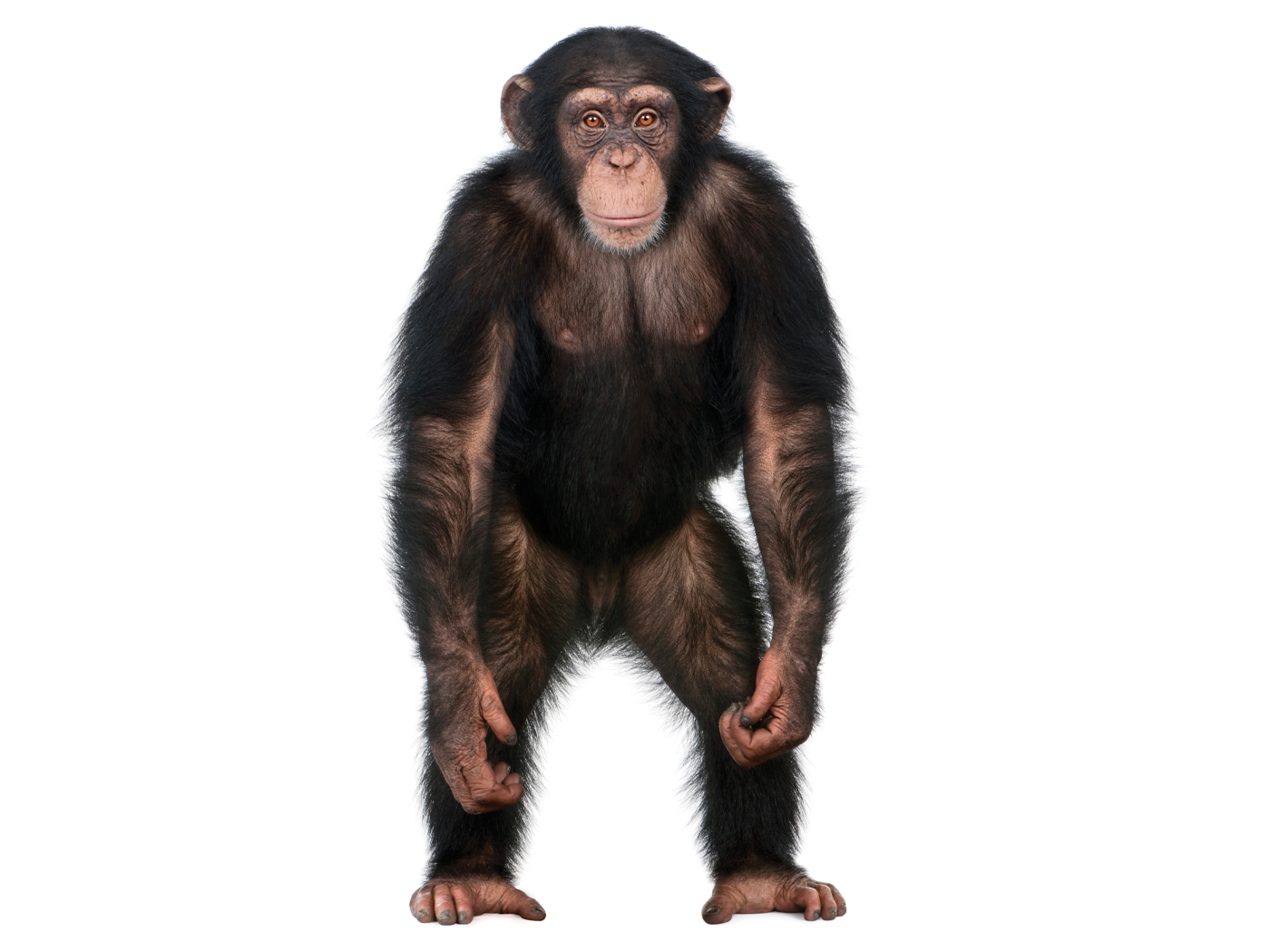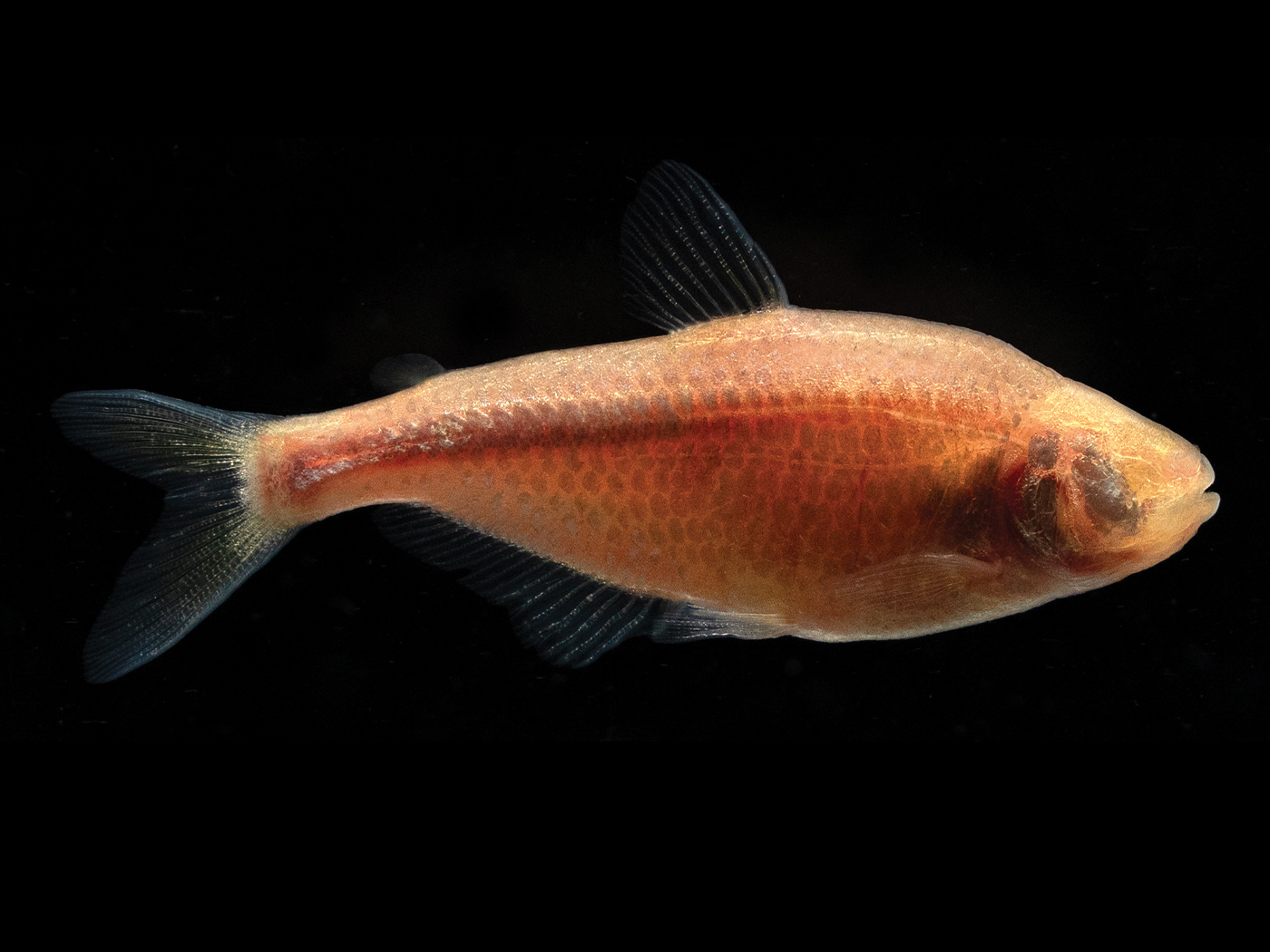Scientific knowledge has experienced tremendous advances in the last several decades, especially in such relatively new fields as molecular biology, genomics, and embryonic development. Some biologists say, however, that much of what has been learned is not adequately explained by the standard evolutionary model. So, they are looking at alternate ways that evolution could be at work.
In 1942, J. B. S. Haldane introduced the concept of “modern synthesis” as a mechanism for evolution.1 Often presented in museums and textbooks as fact rather than theory, the modern synthesis postulates that evolution proceeded by the selection of mutants out of a population. The descendants of these mutants then filled the population with their new and useful traits. Given enough time, it was thought that any creature could eventually morph into any other creature.
But the accumulation and selection of mutations does not explain certain things that biologists have observed. For example, University of Arizona biologist Alexander Badaev, who has tracked over 12,000 house finches near Missoula, Montana, for over a decade, has noticed rapid changes in their beak shapes. A recent article in The Scientist pointed out that “the only way for finches to survive would be if their beak shape had changed rapidly—too rapidly to have resulted from just random mutations.”2 Badaev’s formal results will be published in an upcoming issue of the Philosophical Transactions of the Royal Society.
These finch finds parallel the rapid changes in beak shapes seen in Darwin’s finches on the Galapagos Islands.3 Much evidence, in fact, has been accumulating regarding biological changes that occur too fast for the slow and gradual amassing of mutations, as per the modern synthesis, to explain.4
This cadre of researchers has found that the modern synthesis not only fails to provide a satisfactory explanation for rapidly changing features in animals and plants, but that it also falls short of explaining “major evolutionary milestones” like photosynthesis, flight, and multicellularity.2 Sudden and rapid alterations that occur during embryonic development also resist a mutation-based explanation.
In addition, the modern synthesis does not match the observation that some traits are not inherited through genes, and are thus not even subject to mutational changes.5 Instead, these traits―over 100 of which were documented by Eva Joblanka at Tel Aviv University―are passed from one generation to the next through epigenetic patterns.6
Sixteen biologists were invited by City of New York University’s biologist and philosopher Massimo Pigliucci to meet in 2008 in Austria to discuss alternate biological mechanisms that could be added to the modern synthesis. They plan to publish their ideas in a technical book titled Evolution: The Extended Synthesis.
Though the biologists involved have been careful to affirm their faith in the modern synthesis, insisting that they only want to add to and improve it, their efforts have rankled colleagues. Douglas Futuyma, of the State University of New York, argued in The Scientist that the evolutionary synthesis has already been extending itself. Similarly, Richard Dawkins stated, “I think that we have already expanded the Modern Synthesis.”2
But extensions of and expansions to the modern synthesis would, by definition, make such models no longer the same as the modern synthesis. Yet, no new model name has come out to replace the old one. In any case, extensions and expansions of a primarily mutation-based model still would not explain what these few biologists have been observing.
The rapid changes, the non-gene heritable information, and the suddenly-appearing yet fully-formed information sets in biological systems all appear to be well-regulated systems that were deliberately engineered. Thus, it appears that the most significant mechanisms for biological change were created, and that they only operate within individual kinds.
Neither those mechanisms, nor the selection of mutants, is capable of performing the herculean task of creating the myriad life forms observed today, even given a pre-existing starting population and endless time. On the other hand, such a task would be a trifle for an omnipotent God.
References
- Haldane, J. B. S. 1942. Evolution: The Modern Synthesis. London: Allen & Unwin.
- Grant, B. 2010. Should Evolutionary Theory Evolve? Some biologists are calling for a rethink of the rules of evolution. The Scientist. 24 (1): 25-30.
- Thomas, B. New Finch Species Shows Conservation, Not Macroevolution. ICR News. Posted on icr.org December 9, 2009, accessed January 25, 2010.
- Reproducing Early and Often is the Key to Rapid Evolution in Plants. Yale University press release, October 2, 2008, reporting on research published in Smith, S. A. and M. J. Donoghue. 2008. Rates of Molecular Evolution Are Linked to Life History in Flowering Plants. Science. 322 (5898): 86-89.
- Thomas, B. The Human Methylome: What Do These Patterns Mean? ICR News. Posted on icr.org October 22, 2009, accessed January 25, 2010.
- Jablonka, E. and G. Raz. 2009. Transgenerational Epigenetic Inheritance: Prevalence, Mechanisms, and Implications for the Study of Heredity and Evolution. Quarterly Review of Biology. 84 (2): 131-176.
* Mr. Thomas is Science Writer at the Institute for Creation Research.
Article posted on February 3, 2010.




